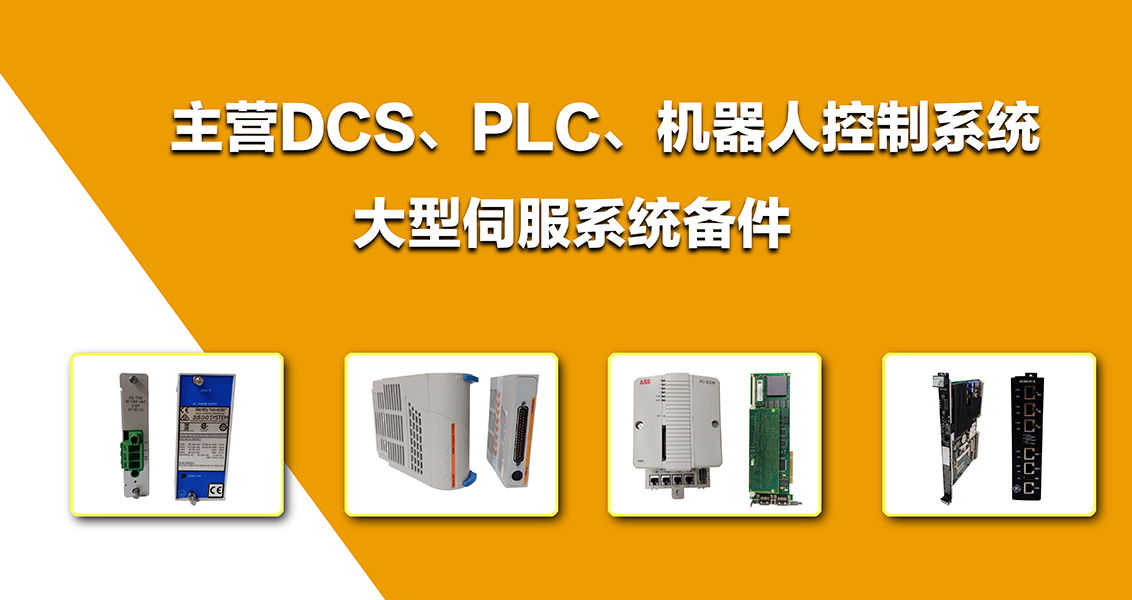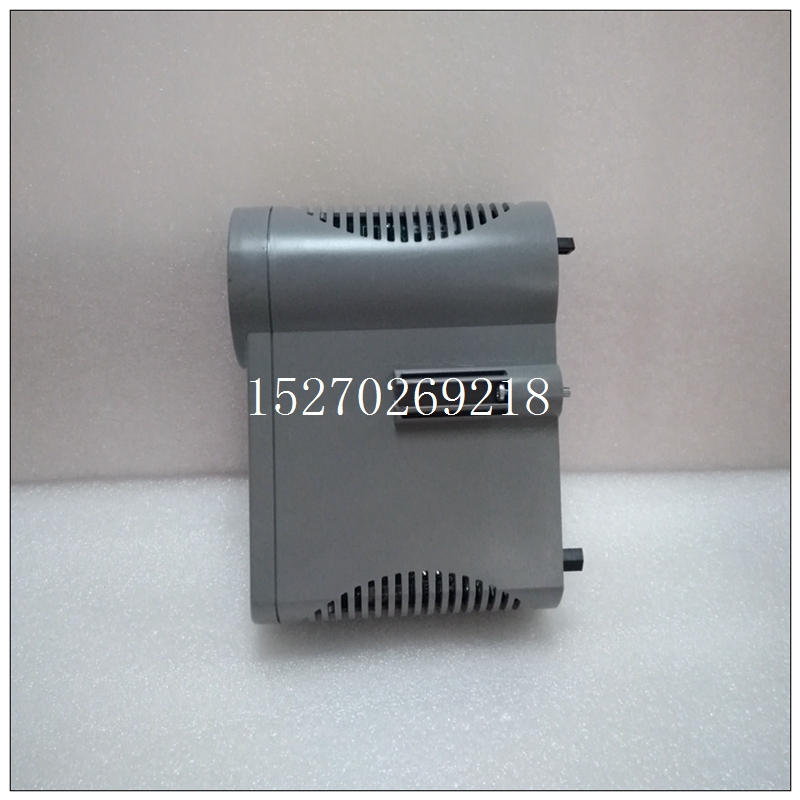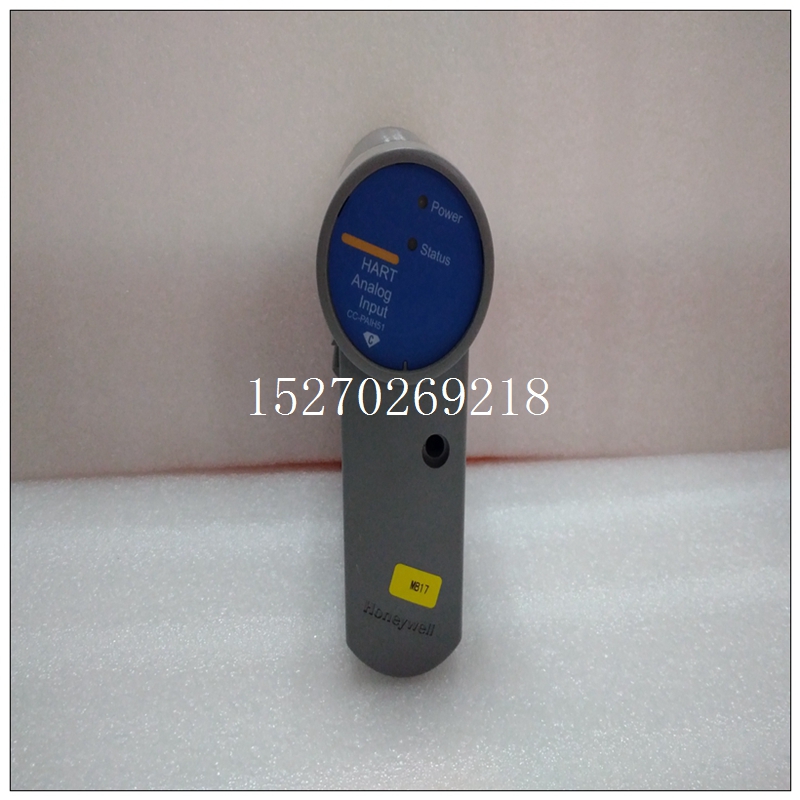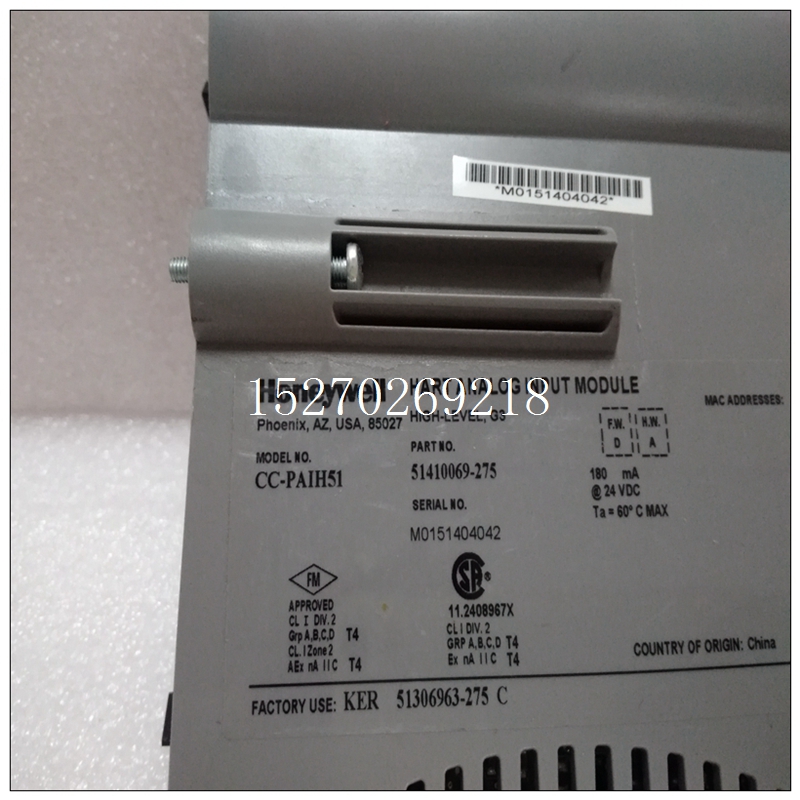CC-PAIH51線路接口模塊,HONEYWELL怎么使用
續(xù)流電路可以釋放掉感性負載中儲存的能量,防止感應(yīng)電壓過高,擊穿晶體管。 在感性負載兩端反并聯(lián)續(xù)流二極管要注意以下幾點: (1)續(xù)流二極管一般選擇快速恢復(fù)二極管或者肖特基二極管(例如1N5819); (2)續(xù)流二極管與感性負載必須接觸良好,防止因接觸不良造成元器件損壞; (3)續(xù)流二極管的極性不能接錯,否則將造成短路事故;
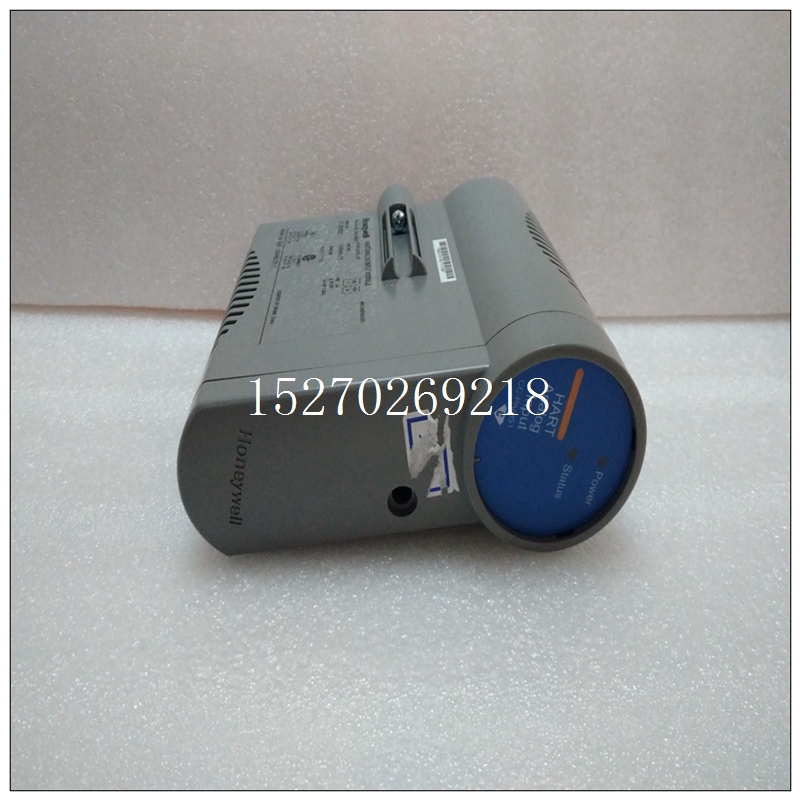
CC-PAIH51線路接口模塊(4)續(xù)流二極管對直流電壓總是反接的,即二極管的負極接直流電的正極端。感性負載在通過電流時,會在其兩端產(chǎn)生感應(yīng)電動勢。當(dāng)電流消失時,其感應(yīng)電動勢會對電路中的晶體管產(chǎn)生反向電壓,此時產(chǎn)生的反向電動勢,電壓可高達幾百伏以上。當(dāng)反向電壓高于晶體管的反向擊穿電壓時,會使晶體管造成損壞。續(xù)流二極管并聯(lián)在感性負載兩端,當(dāng)流過感性負載中的電流消失時,由于二極管的接入正好和反向電動勢方向一致,感性負載產(chǎn)生的感應(yīng)電動勢通過二極管和感性負載構(gòu)成的回路做功而消耗掉,從而保護了電路中的晶體管和其它元件的安全。 在電磁閥線圈側(cè)并聯(lián)一個快速開關(guān)二極管,在電磁閥線圈失電時,產(chǎn)生的反電動勢沖擊可以得到明顯抑制。在工業(yè)控制中的應(yīng)用越來越廣泛。PLC控制系統(tǒng)的可靠性直接影響到工業(yè)企業(yè)的安全生產(chǎn)和經(jīng)濟運行,系統(tǒng)的抗干擾能力是關(guān)系到整個系統(tǒng)可靠運行的關(guān)鍵。正航PLC在鋼鐵、建材、電力、機械制造、紡織、環(huán)保及文化娛樂等各行各業(yè)都有廣泛的應(yīng)用,它們大多處在強電電路和強電設(shè)備所形成的惡劣電磁環(huán)境中,因此要提高PLC控制系統(tǒng)可靠性,必須預(yù)先防范好各種干擾,這樣才能有效保證系統(tǒng)可靠運行。
二、產(chǎn)生原因
影響PLC控制系統(tǒng)的干擾源,大都產(chǎn)生在電流或電壓劇烈變化的部分,其原因是電流改變產(chǎn)生磁場,對設(shè)備產(chǎn)生電磁輻射;磁場改變產(chǎn)生電流,電磁高速產(chǎn)生電磁波。PLC控制系統(tǒng)中電磁干擾的主要來源有:
1)來自電源的干擾
正航電子維修部和技術(shù)部故障產(chǎn)品反饋和返修數(shù)據(jù)統(tǒng)計報告中顯示,因電源引入的干擾造成PLC控制系統(tǒng)故障的情況最多。PLC系統(tǒng)的正常供電電源均由電網(wǎng)供電,由于電網(wǎng)覆蓋范圍廣,將受到所有空間電磁干擾在線路上感應(yīng)電壓和電流。尤其是電網(wǎng)內(nèi)部的變化,如開關(guān)操作浪涌、大型電力設(shè)備起停、交直流轉(zhuǎn)動裝置引起的諧波、電網(wǎng)短路暫態(tài)沖擊等,都通過輸電線路到電源邊。
2)來自PLC內(nèi)部24V電源引入的干擾
Internet of things projects, you will begin to realize that the benefits and challenges of the Internet of things are very different, depending on the specific goals. If you design an Internet of things project for an industrial environment, the difference is even more obvious.The industrial Internet of things uses sensors to collect data, hoping to speed up the process, obtain efficiency, and ultimately reduce the overall cost of products or services. In many ways, this is similar to other types of Internet of things, but the deployment of industrial Internet of things is completely different in several aspects.
The first is the fact that in terms of the physical environment of industrial networking equipment, one implementation may be very different from another. Factories, workshops, mines and substations that have operated for many years may not have been designed to take into account the sensitive sensor equipment required by the Internet of things. This means that sensors need to be installed in environments with very poor conditions and unsatisfactory HVAC, ventilation or power supply.
Second,




